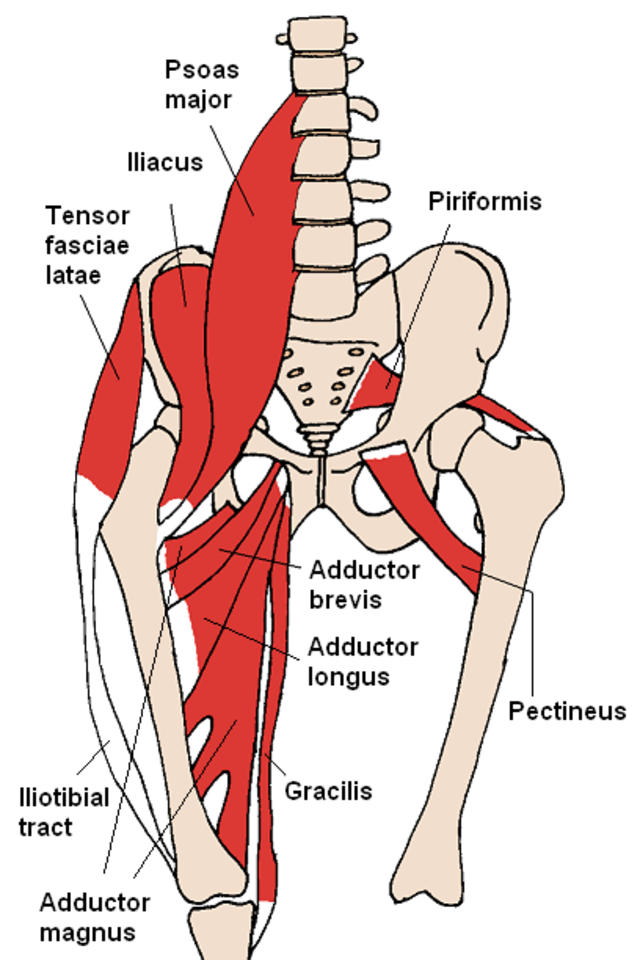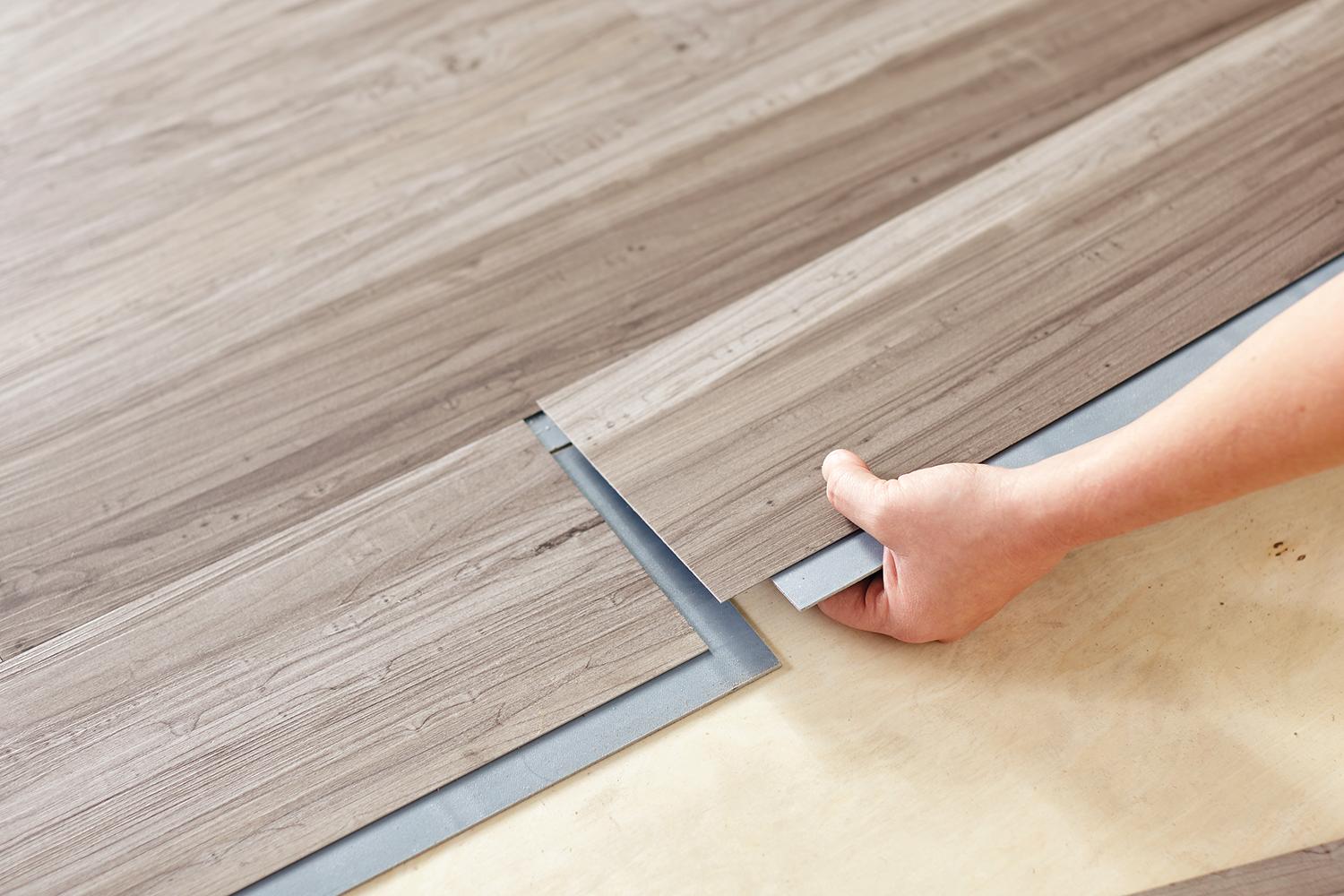Being You, your most powerful asset
/This post is inspired by a conversation I had with Luc during a "Finding your Balance" workshop at the University of Chicago. Luc dances with Phinix Dance Crew, and is a comic illustrator. You can find some of his work at his website, Yung $kolla Productions.
After a recent stop on the "Finding Your Balance" workshop tour, I had several enlightening conversations with dancers from Phinix Dance Crew at the University of Chicago. One particularly interesting discussion grew from the question: "What do you do when the you feel like you're not actually part of the community that you are in?" The general sentiment is that our work or our art is different from the bulk of that produced by the rest of our peer group, and that is causing us to feel left out.
A sense of not belonging is a fear that we have all grown up with, probably originating from the trope of being shunned by the cool kids table at lunch, a fear so comical in retrospect that we laugh about it as adults. As individuals, we crave approval from those around us, often times valuing the opinions of strangers so highly, that we may act unlike ourselves.
However, our fears of not belonging are often created in our irrational mind. These fears manifest themselves only when we have the self awareness that we are different from those around us. Acknowledging that there is a disparity between our perception of this difference and the reality is important. In the end, individuals are the ones who get recognized as standing apart from the crowd. And in either dance or our work lives, being a creative thinking individual will put you ahead of your peers.
Having your own personal brand is important for staying relevant. Think of New Zealand's choreography queen, Parris Goebel. Through her early appearances with REQUEST in choreography competitions such as Hip Hop International in 2010, Parris branded herself and her style of choreography as sharp and fierce, with hard-hitting isolations combined with smooth, huge grooves. What made their set so refreshing is how unique Parris' choreography was, ESPECIALLY at HHI world prelims, where more than 100 two minute sets dominate an entire day of performances. After watching the same competition choreography "moves," saturation sets in within an hour. Differentiating yourself from the competition, as Parris and co. showed, is the best way to be successful.
If you feel that you are outside of the expected mold for your industry, or that your ideas simply don't belong in your dance circles - embrace it. It sounds so cliche to say this, but it is true at every level of any industry. The top dancers and entertainers have identified what makes them unique. This knowledge has let them create a trademark style. We often confuse "You dance just like a Keone Madrid!" as being entirely a compliment. And yes, Keone was and still is one of my strongest choreography inspirations. But dancing just like someone else as an ambition is aiming low of where you want to be. A better long term goal? BE the next Keone. Have other people compare choreography to YOUR style. Think of a novel approach to a problem that pulls from your personal work experiences. Creatives secretly dominate the professional world because of their innovations.
Here's a quick exercise for you, in case you start feeling like an outsider among your community. Think about what makes you unique, and capitalize on that unique trait. Do you regularly make inexplicable abstract shapes during your freestyles? Embrace and develop that. Are you well versed in multiple dance styles? Blend these styles together, no matter how incongruous the styles may seem. Can't do a certain move correctly? OWN IT - make it yours. As the legend goes, Don Campbell, the man credited with inventing the street dance style locking in the early 70's, developed the style out of his inability to properly hit the Funky Chicken!
You may also be interested in:


















